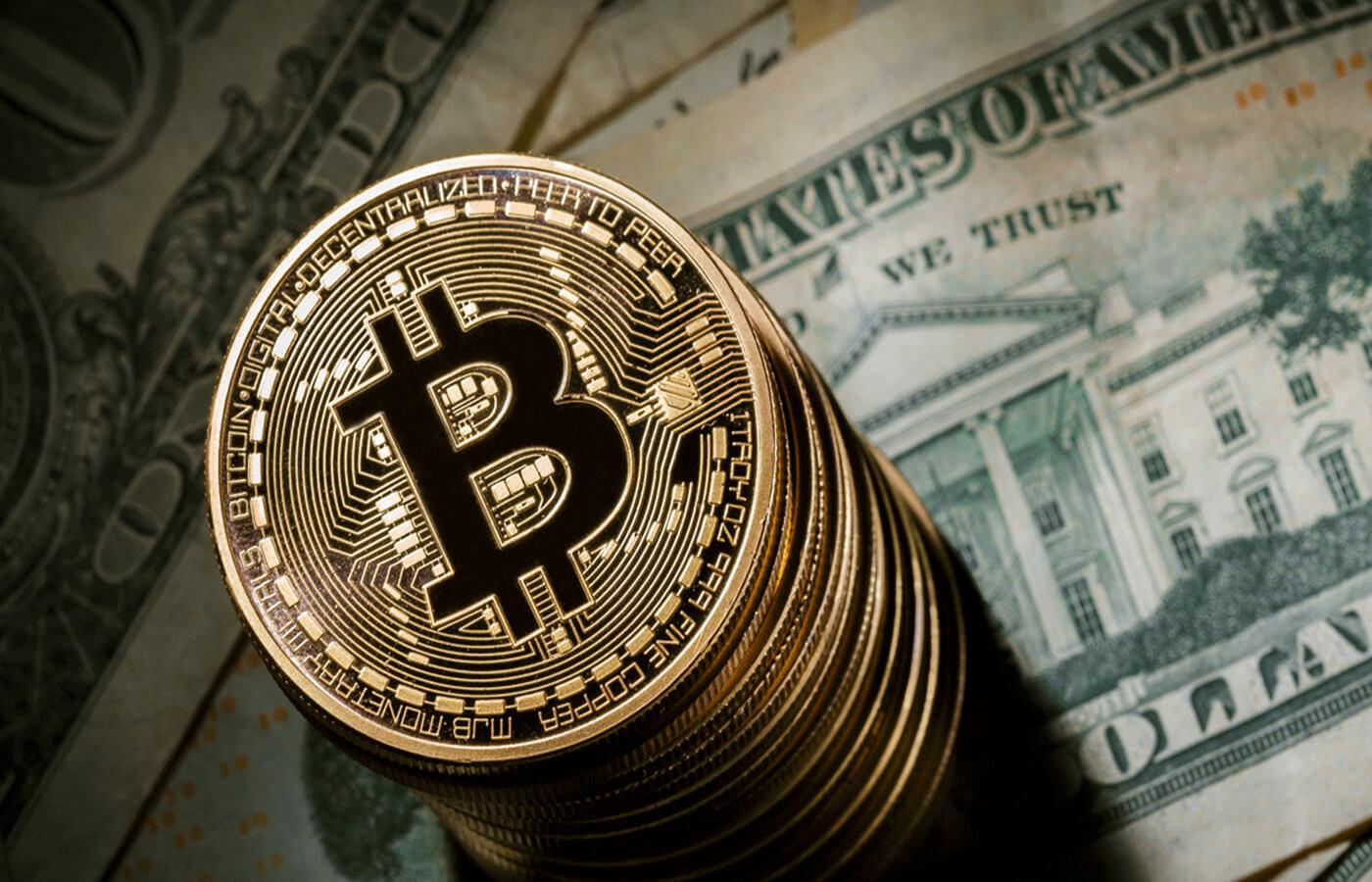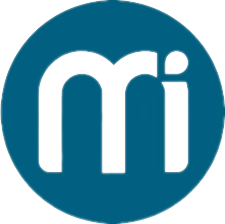Step-by-Step Guide to Buying Your First Bitcoin

Introduction
Have you ever wondered why Bitcoin has become one of the most talked-about financial innovations in the world? Why do people call it “digital gold,” and how can buying your first Bitcoin open doors to financial opportunities? If you’ve been curious but hesitant, you’re not alone. For beginners, entering the crypto space in 2025 may seem overwhelming with complex jargon, countless exchanges, and endless advice. But the truth is, buying Bitcoin has never been simpler — provided you understand the right steps, risks, and tools to use.
This guide walks you through a step-by-step process to confidently buy your first Bitcoin, avoid costly mistakes, and start your crypto journey safely. We’ll explore trusted exchanges, wallets, payment methods, fees, and even touch on crypto mining and how companies like bitcoinminers contribute to the Bitcoin ecosystem — without making it promotional.
Understanding Bitcoin Basics
Before investing, you must understand what Bitcoin is and why it holds value. Bitcoin is a decentralized digital currency that operates on blockchain technology. Unlike traditional money, it’s not controlled by banks or governments.
| Aspect | Traditional Currency | Bitcoin |
|---|---|---|
| Issued By | Central Banks | Decentralized Network |
| Transaction Speed | Hours to Days | Minutes |
| Supply | Unlimited Printing Possible | Limited to 21 Million BTC |
| Storage | Banks & Wallets | Digital Wallets & Cold Storage |
The scarcity of Bitcoin — only 21 million coins will ever exist — combined with its borderless transferability has made it one of the most desirable assets globally.
Why 2025 Is the Best Time to Start
In 2025, Bitcoin is no longer a speculative experiment. Global adoption is accelerating, institutional investors are involved, and payment integrations are improving. Governments worldwide are also drafting clearer regulations, making it safer for beginners.
Moreover, new-generation crypto exchanges have made buying Bitcoin as easy as online shopping. With better security, lower fees, and multiple payment options, getting started has never been more convenient.
Step 1: Choose a Trusted Crypto Exchange
Your journey starts with selecting a secure and beginner-friendly exchange. The right platform matters because it determines transaction safety, fees, and overall user experience.
Top Recommended Crypto Exchanges in 2025
| Exchange | Best For | Transaction Fees | Security Level | Beginner Friendly |
|---|---|---|---|---|
| Coinbase | Simple UI | 0.5% to 1.5% | High | ✅✅✅✅✅ |
| Binance | Low fees & options | 0.1% | High | ✅✅✅✅ |
| Kraken | Advanced features | 0.16% to 0.26% | High | ✅✅✅✅ |
| eToro | Social trading | Spread-based | Medium-High | ✅✅✅ |
| OKX | Global support | 0.08% | High | ✅✅✅✅ |
Pro Tip: For your first Bitcoin purchase, choose an exchange that offers a user-friendly interface, strong customer support, and robust security.
Step 2: Create and Verify Your Account
Once you’ve chosen an exchange, the next step is to sign up and complete KYC verification (Know Your Customer).
What You’ll Need:
-
Valid ID or passport
-
Proof of address (utility bill, bank statement)
-
Selfie verification (on some exchanges)
This step protects your account from identity theft and fraud, ensuring a safer buying experience.
Step 3: Fund Your Exchange Wallet
Before buying Bitcoin, you need to deposit funds into your exchange account. Exchanges usually accept:
-
Bank transfers – Lower fees but slower
-
Credit/Debit cards – Faster but higher fees
-
Peer-to-peer payments – Direct transactions between users
Tip: Always compare transaction fees before choosing a funding method.
Step 4: Buy Your First Bitcoin
Once your account is funded, you can place your first order. Exchanges usually offer three methods:
-
Market Order — Instantly buys at the current price
-
Limit Order — Lets you set a preferred price
-
Recurring Purchases — Automates buying at fixed intervals
For beginners, market orders are the easiest. You can start with as little as $10, thanks to fractional Bitcoin purchases (known as Satoshis).
Step 5: Secure Your Bitcoin
Buying Bitcoin is just half the process — storing it safely is equally critical. Leaving coins on an exchange is risky because of potential hacks.
Types of Wallets:
| Wallet Type | Description | Security Level | Best For |
|---|---|---|---|
| Hot Wallet | Online, easy to access | Medium | Active traders |
| Cold Wallet | Offline, hardware-based storage | High | Long-term holders |
| Custodial | Managed by exchanges | Medium-High | Beginners |
| Non-Custodial | You control private keys | Very High | Advanced users |
Recommendation: Use a hardware wallet for maximum security if you plan to hold Bitcoin long-term.
Step 6: Understanding Fees and Risks
Every Bitcoin purchase involves transaction fees — both from exchanges and the blockchain network.
Common Costs:
-
Trading Fees — Paid to exchanges for transactions
-
Withdrawal Fees — Charged when moving Bitcoin to wallets
-
Network Fees — Paid to miners securing the blockchain
Speaking of mining crypto, Bitcoin mining plays a vital role in verifying transactions and maintaining the network’s security. Companies like bitcoinminers produce specialized ASIC mining machines that power this process — ensuring Bitcoin’s blockchain remains decentralized and secure.
Step 7: How to Avoid Common Beginner Mistakes
-
Don’t invest more than you can afford to lose
-
Enable two-factor authentication (2FA)
-
Double-check wallet addresses before transferring funds
-
Beware of scams promising guaranteed profits
-
Stay updated on market trends and security practices
Bitcoin Price Trends and Future Predictions
Bitcoin’s price has historically shown cyclical bull and bear markets. The chart below illustrates past performance and projected growth in 2025.
Price ($)
80K | *
70K | *
50K | *
30K | *
10K | *
-----------------------------------------
2015 2017 2019 2021 2023 2025
Analysts predict increasing institutional adoption and Bitcoin ETFs will fuel long-term price growth, though short-term volatility remains.
Conclusion
Buying your first Bitcoin in 2025 isn’t just a financial decision — it’s a step into the future of money. By choosing the right exchange, setting up a secure wallet, understanding transaction fees, and learning about risks, you can start your journey with confidence.
This guide has provided a step-by-step approach, visual insights, tables, and practical tips designed for beginners. Whether you want to buy, hold, or even explore mining, you now have the knowledge to make informed decisions.
FAQs
1. Can I buy Bitcoin with less than $100?
Yes! Most exchanges allow purchases as low as $10 using fractional Bitcoin units called Satoshis.
2. Is Bitcoin mining profitable in 2025?
Mining has become competitive but remains profitable with efficient ASIC miners and low-cost electricity.
3. Which wallet is safest for beginners?
For beginners, a hardware wallet like Ledger or Trezor is highly recommended for maximum security.
4. Can I lose money buying Bitcoin?
Yes. Bitcoin prices are volatile, so only invest what you can afford to lose and diversify your portfolio.
5. Do I need to pay taxes on Bitcoin profits?
In most countries, yes. Bitcoin gains are treated as capital gains and must be reported to tax authorities.
- Art
- Causes
- Crafts
- Dance
- Drinks
- Film
- Fitness
- Food
- Games
- Gardening
- Health
- Home
- Literature
- Music
- Networking
- Other
- Party
- Religion
- Shopping
- Sports
- Theater
- Wellness


